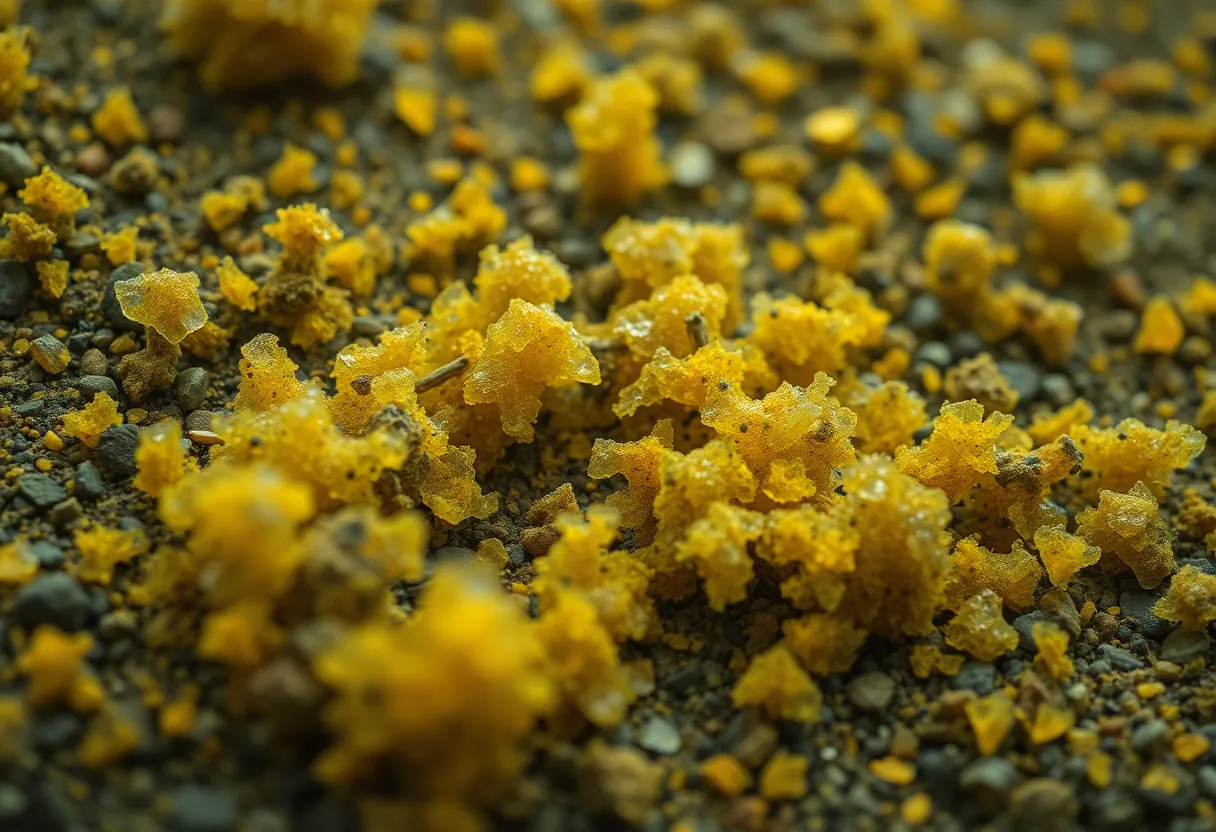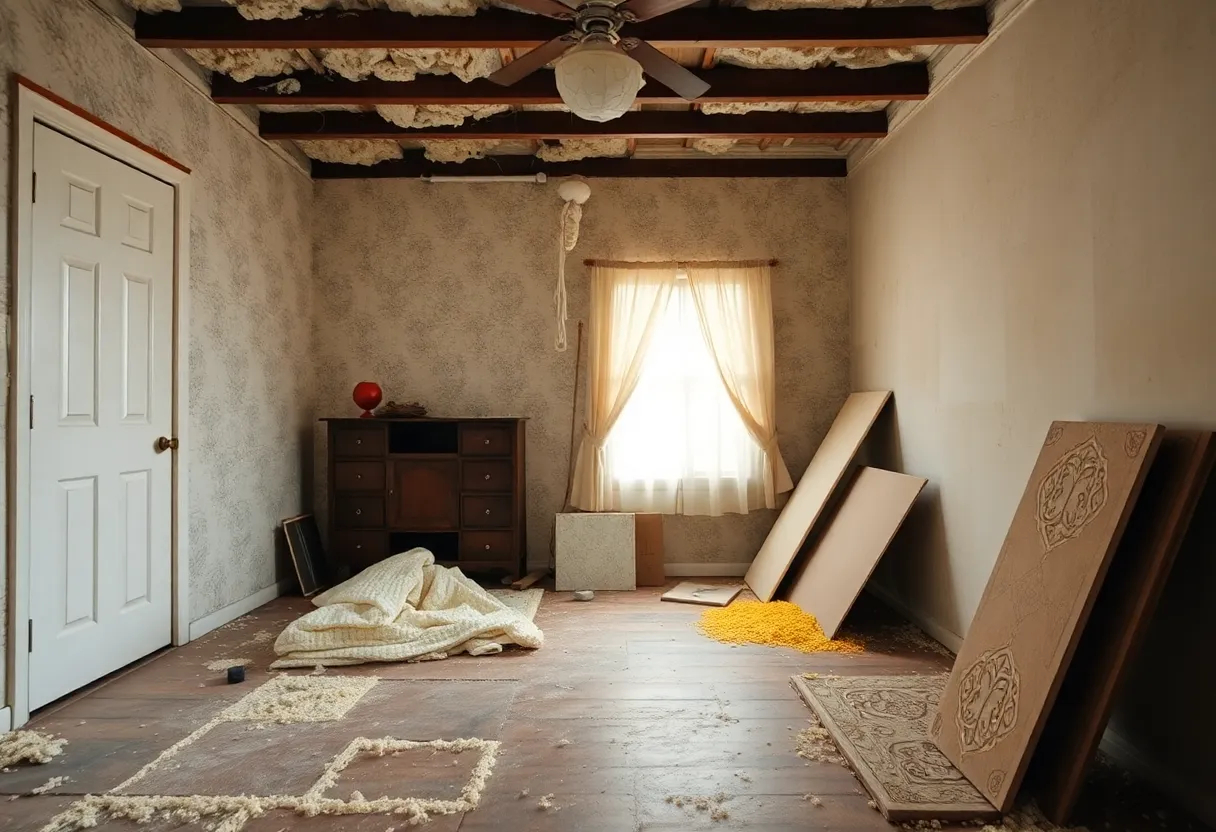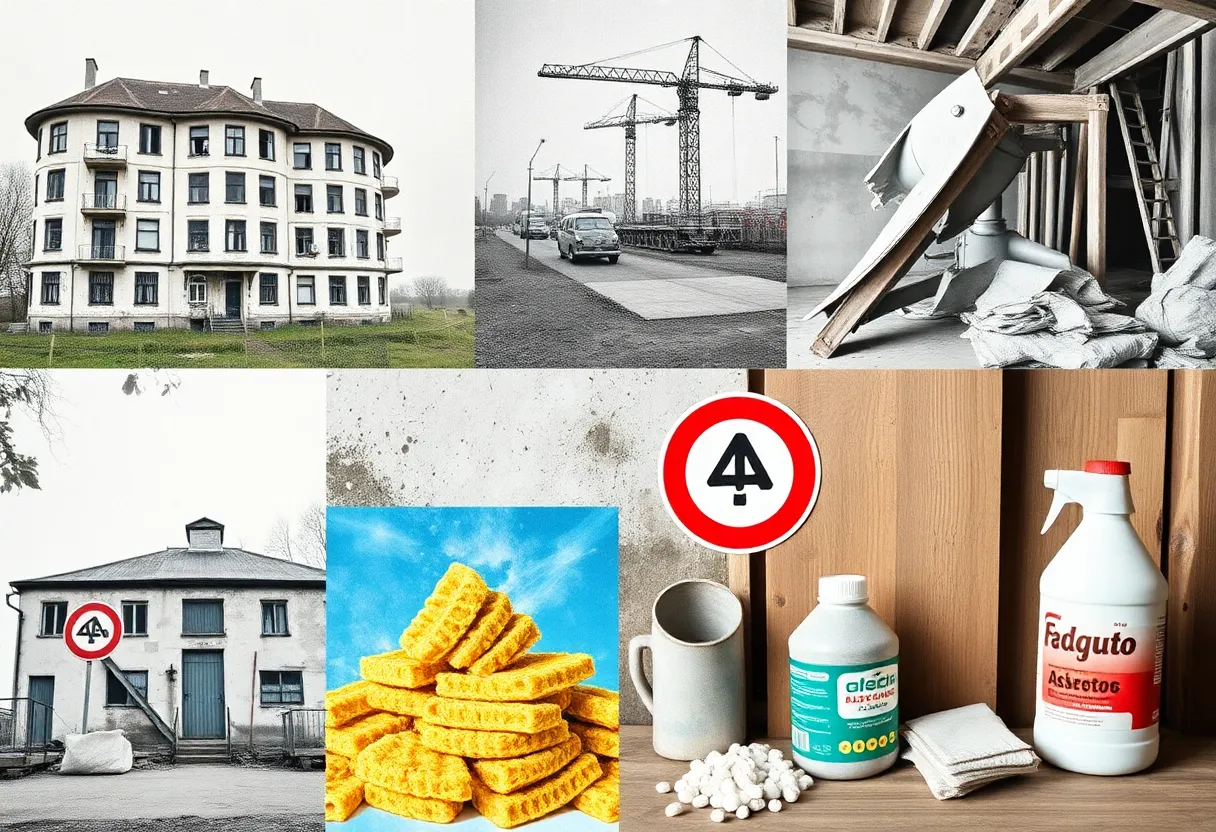News Summary
The legacy of asbestos continues to pose health risks, linked to severe respiratory diseases and cancers. Meanwhile, microplastics have emerged as a new menace, infiltrating our ecosystems and potentially our bodies, raising urgent health concerns. As public awareness remains low, it’s critical to address these dangers and improve plastic waste management to safeguard future generations.
Asbestos: The Lingering Legacy of Danger
For decades, asbestos was heralded as a miracle material, embedded in the lifeblood of industries such as construction, shipbuilding, and automotive manufacturing. A remarkable mineral that is naturally resistant to fire, heat, and corrosion, it became a go-to resource for producing cement, roofing, and flooring products. Its durability, affordability, and ease of manufacturing made it an ideal choice. However, unbeknownst to many, this seemingly superior substance was brewing a storm of health hazards.
Stealthy Dangers Unveiled
As early as the late 19th and early 20th centuries, common households began harboring this dangerous material. An American home built even as late as 1976 was likely to feature asbestos within its walls, insulation pipes, and even bathroom fixtures. The dark clouds of concern began to gather as workers in mining, construction, and manufacturing developed severe respiratory diseases linked to the inhalation of asbestos fibers.
As these alarm bells rang out, scientific research began to unveil the grim reality that long-term exposure to asbestos could lead to severe scarring of the lungs, a condition now termed asbestosis. Further studies were conducted, and the revelations were chilling: a link emerged between asbestos exposure and mesothelioma, a rare and aggressive cancer afflicting the lining of the lungs and abdomen. Added to this list were conditions such as pleural thickening, which wreak havoc by restricting lung function and inducing chest pain. As the dangers became abundantly clear, at least 69 countries have since banned the use and production of asbestos.
The New Health Menace: Microplastics
As the world kicked asbestos to the curb, a new and troubling health menace began to emerge, this time stemming from the pervasive use of plastic. Hailed as the “wonder stuff” for its versatility and low production costs, plastic has become embedded in virtually every aspect of daily life. With global production skyrocketing to over 60 million metric tons of plastic fibers in 2016 alone, the environmental fallout from plastic waste has also surged dramatically, particularly during the COVID-19 pandemic.
Plastic Waste: An Environmental Catastrophe
The influx of disposable plastic has spiraled out of control, with the demand for items like vinyl gloves, face masks, and medical supplies contributing to significant increases in waste. Furthermore, the breakdown of cigarette filters, a common source of microplastics, has severe environmental repercussions, impacting ecosystems and public health alike. Reports indicate that up to 18 percent of plastic waste is accumulating within our environment, exacerbating the crisis.
Microplastics—A Hidden Health Crisis
Microplastics (MPs), the degradation products of larger plastic waste, are emerging as a serious health risk due to their capacity to infiltrate natural ecosystems. The World Health Organization (WHO) has raised red flags regarding human exposure to these microplastics, linking them to toxic microorganisms. Moreover, a 2021 study from the Mindanao State University-Iligan Institute of Technology revealed that nearly 90 percent of air samples taken in Metro Manila contained microplastics, originating from laundered clothing.
In a troubling turn, a newly published study documented instances of microplastics embedded in the lung tissues of patients awaiting surgery and, shockingly, in placental tissue. The source of these particles likely includes ubiquitous plastic products such as carpets, curtains, furniture, and textiles, raising serious health concerns that have long eluded mainstream attention.
Ignorance is Not Bliss
Despite the sheer volume of research and alarming findings, public attention on the implications of microplastics remains grossly insufficient. The overwhelming presence of these particles in our air, water, and even inside our bodies points to an urgent need for improved plastic waste management. The potential health risks associated with microplastics could far surpass those linked to asbestos, yet the world appears largely oblivious. Our understanding of the consequences needs to evolve alongside the growing concentrations of microplastics tainting our environment.
In conclusion, the legacies of asbestos and plastic underscore a dire need for vigilance as new health threats surface. What was once considered benign can manifest insidiously into an array of health maladies, making public awareness and proactive measures crucial in addressing these evolving dangers for the sake of future generations.
Deeper Dive: News & Info About This Topic
HERE Resources
Residents Demand Action as Asbestos Concerns Emerge
Shocking Asbestos Disposal Case in Cornwall Highlights Environmental Negligence
More Veterans Die from Asbestos than in Armed Conflicts
Major Legal Victory for Lovell Family: $42 Million Mesothelioma Award Against Johnson & Johnson
Contractor Faces Heavy Fines for Asbestos Safety Neglect
Concern Grows Over Possible Asbestos in Boots Store
Boots Denies Asbestos Presence at Wallingford Store
Former Chemical Factory Worker Secures Asbestos Settlement
Williamsport High School Students Transition to Virtual Learning
Williamsport High School Shifts to Virtual Learning Amid Asbestos Concerns
Additional Resources
- ABS-CBN News: Air Pollution and Mortality
- Wikipedia: Air Pollution
- SCMP: Microplastics and Human Health
- Google Search: Microplastics and Health
- ABS-CBN News: Microplastics and the Brain
- Encyclopedia Britannica: Microplastics
- BBC News: Plastic Pollution Crisis
- Google Scholar: Asbestos Health Effects
- WHO: Air Pollution



















